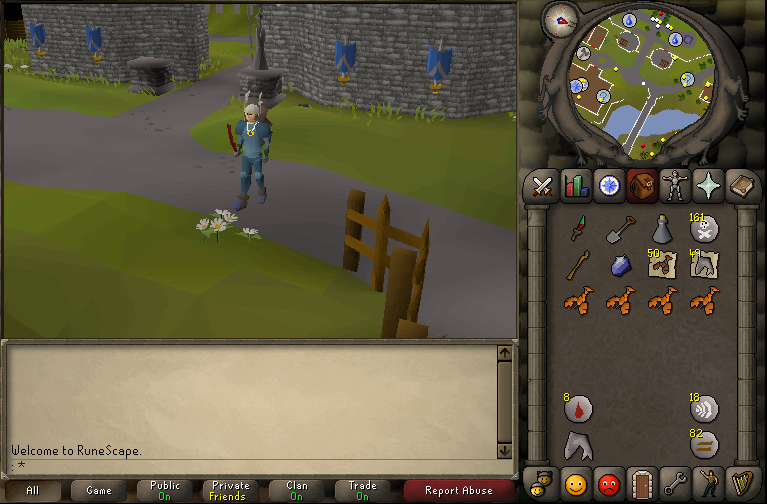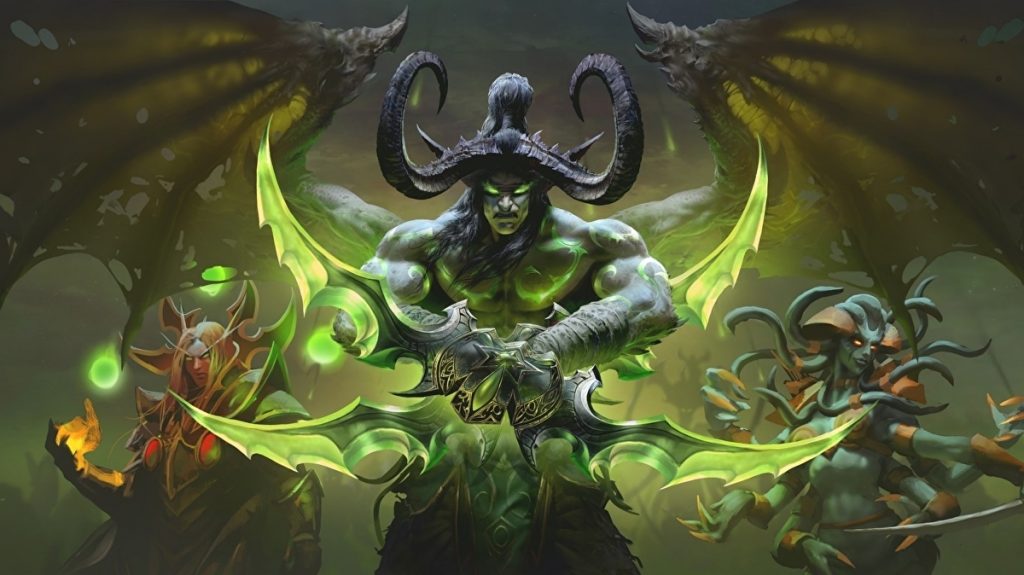Some of the biggest MMOs (massively multiplayer online games) have been around for a while. World of Warcraft has entered its 17th year, while RuneScape is clocking in at the grand old age of 20. MMOs are a bit different to regular games, of course. They’ve got ÔÇÿlive service’, continuous updates and maintenance to the world so you can always expect more when you log back in. But even then, updates, expansions and graphical overhauls aren’t always enough to prevent players feeling like they’re running out of steam.
World of Warcraft is said to have had its best era during Wrath of the Lich King, the second expansion to the game in 2008. Since then, we’ve seen 6 more expansions – one every 2 years – but fans were already feeling burnt out by Mists of Pandaria in 2012. There were improvements, streamlining to systems and a switch to more modern and less polygonal graphics and player models, all factors that should have made WoW feel fresh and new. Something was missing though, something that developers Blizzard have struggled to rediscover – until 2019, and WoW Classic.
To combat a disinterested fanbase who felt Blizzard were failing to justify the ┬ú10-a-month subscription to play WoW, they took a step back. Well, multiple steps back. All the way back to 2004, in fact, as WoW Classic promised to give players the authentic, vanilla experience all over again. It was a return to 8 playable races, the roughest of graphics, and grindy questing experiences where you didn’t even have a marker to know where you were meant to go – and players loved it. For those veterans of the franchise it was like rediscovering their first adventures into the game world, where everything was a bit of a slog but always gave you a worthy reward at the end. Questing didn’t feel mindless anymore, effort needed to be put into the experience, and all the clunky systems players loved to hate were tolerable now that they had the veil of nostalgia wrapped around them.
Blizzard seems intent on literally repeating history, having announced the release of The Burning Crusade expansion for WoW Classic, mirroring the 2007 launch for the original game. Based on this model, we may well expect Wrath of the Lich King to make a return in a couple years’ time as well. So could this signal a revival of the golden age for WoW? With the main game finding some new success in its latest expansion Shadowlands, there’s every chance Blizzard could take advantage; continuing to develop and improve the modern game while keeping the older fans hooked on nostalgia from the good old days. Of course, it has to stop somewhere, and who’s to say fans won’t get bored again when the cycle reaches Cataclysm or Mists of Pandaria? We can’t know, but for now WoW Classic is scratching the itch of many a fan and we hope it stays that way.

Now for an altogether more momentous revival. RuneScape is a game that was almost lost to time. It was incredibly popular in the early 2000’s, and many will remember its distinctive graphics, mainly for how basic and bad they were. But that didn’t matter to players, and the incredibly grindy experience also loved by WoW players has a strong fanbase to this day. This is thanks to Old School RuneScape, not to be confused with ÔÇÿRuneScape Classic’, the second phase of the MMO which was replaced by the shiny, streamlined version we can see today.
Old School RuneScape, or OSRS, came out in 2013 in response to a declining playerbase after the original game went through its drastic modernisation. Originally made from an August 2007 build of RuneScape Classic, OSRS has been wildly popular over the past 8 years, receiving updates and even new content while still sticking with the basic graphics and gameplay that its players love. The only evidence you need to understand OSRS’s success is the fact that, since 2016, it has had an increasingly larger number of concurrent players to the main RuneScape game. There hasn’t been too much in terms of genuinely new content, but the developers’ work in fixing up the old game and adding quality of life improvements is enough to keep the players happy as they grind away.
Even with a smaller developer team and far less frequent updates than its counterpart, OSRS is still going strong and released on mobile in 2018, its simple system making it a perfect fit for on-the-go woodcutting, fishing or any of the other laborious activities players spend most of their time engaging in. It’s no surprise WoW Classic released a year later, with Blizzard likely noticing the success of another MMO in going back to the start. While it’s a bit too much for it to make it to mobile, WoW Classic re-releasing expansions probably makes up for that, as it goes through its own life cycle to produce more content for the players. Similarly to OSRS, the focus is on fixing small problems without changing the formula too much, something both games’ modern versions have been accused of.

What can we learn from WoW Classic and Old School RuneScape? Well, nostalgia is a great thing, and in the case of OSRS some things are certainly better left unchanged. Much like remasters, MMOs releasing their old versions are a great way to revive a playerbase and help people remember why they loved the game in the first place. OSRS seems to have reached equilibrium with loyal players who are happy with what they’ve got, but now WoW Classic has reached its final update it’s being forced to reach for content a few more years into the future. For now, though, old school is thriving, and once The Burning Crusade makes its second debut we’re sure to see how far the nostalgia trip can go.


